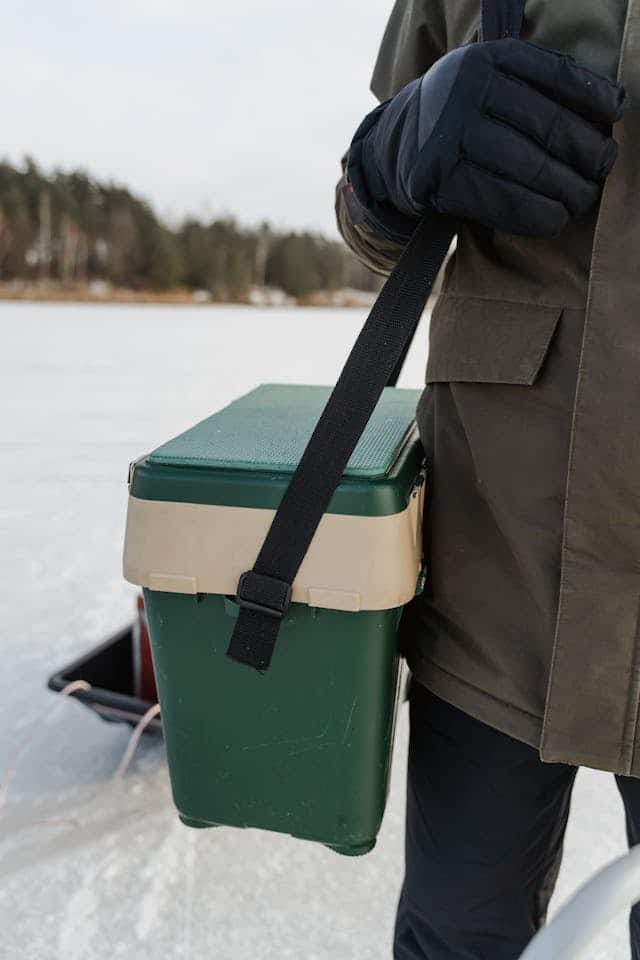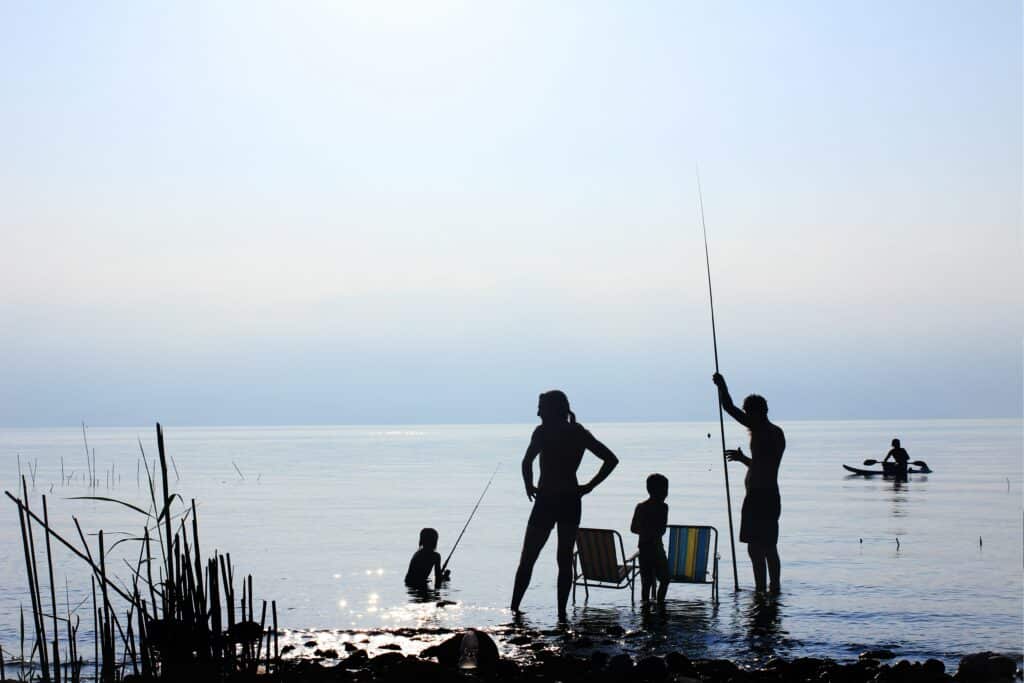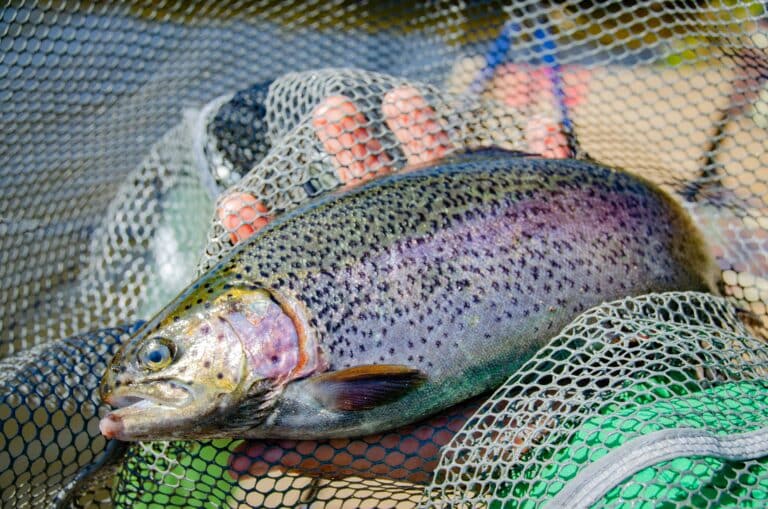Fly fishing can be an incredibly peaceful yet thrilling outdoor activity—there’s nothing quite like the tug on your line and the serenity of a flowing river. However, if you’re not careful, it can also be tough on your hands. In fact, studies show that a significant percentage of fly fishers experience hand injuries, ranging from blisters to tendon strain. Whether you’re a beginner or a seasoned angler, understanding how to protect your hands is key to a great fishing trip. In this guide, we’ll explore the common types of hand injuries in fly fishing, prevention techniques, and treatment methods to keep you on the water safely and comfortably. We’ll also delve into ergonomic approaches, essential safety gear, and tips for managing chronic hand pain to ensure you enjoy every moment of your time on the water.
Table of Contents
Common Hand Injuries in Fly Fishing
Fly fishing is rewarding, but it comes with its challenges—especially when it comes to hand injuries. The most frequent hand injuries in Fly Fishing include blisters, cuts, line burns, and tendonitis. Blisters are often caused by friction from the rod handle or fly line, while cuts and line burns can occur when handling the line improperly, especially when a fish is on.
Tendonitis and other repetitive strain injuries can develop from improper casting techniques or overuse. Symptoms like swelling, pain, and redness are signs you should never ignore, as they could indicate an injury that needs immediate care. Hand injuries can seriously impact your ability to fish effectively, so being aware of these common issues and their causes can help you stay proactive.
Many anglers share stories of how they’ve been injured while out on the water. These examples help illustrate how easy it is for minor problems to escalate. For instance, one angler might recall how a small blister turned into an annoying sore because they didn’t take a break or wear gloves. Another might mention how an improper grip led to tendon pain that kept them off the water for weeks. By understanding these real-life examples, you can avoid making the same mistakes.
Prevention Tips to Avoid Hand Injuries

Preventing hand injuries in Fly Fishing starts with a few simple but effective habits.
First, always wear protective gloves. Not only do gloves provide a barrier against cuts and blisters, but they also give your hands additional support during long casting sessions. Techniques to minimize strain include making sure your casting movements are smooth and controlled, rather than jerky or rushed. This helps reduce the risk of developing tendonitis or straining your muscles. Proper handling of fly lines is also critical. To avoid cuts and burns, always make sure the line doesn’t wrap around your fingers and avoid sudden pulls that could lead to injuries.
Choosing the right equipment is another essential factor in injury prevention. A rod and reel that suit your size and casting style can significantly reduce hand stress. Additionally, warming up before fishing is a step many anglers skip, but it’s crucial for reducing injury risk. Spend a few minutes stretching your hands, fingers, and wrists before you start fishing, and remember to take breaks to prevent fatigue and strain. Practicing safe fishing habits, like knowing your limits and resting when needed, will keep you on the water longer without the risk of hand injuries in Fly Fishing.
Treatment for Hand Injuries in Fly Fishing
Even with the best precautions, injuries can still happen. Knowing how to treat them can make all the difference in your recovery time. For blisters, cuts, and burns, immediate first aid is essential. Clean the wound with fresh water and apply an antiseptic, then cover it with a bandage to keep it protected. For tendonitis and other repetitive strain injuries, rest is your best ally. Avoid using the affected hand as much as possible until the pain subsides. Over-the-counter pain relievers and anti-inflammatory creams can also help reduce pain and swelling.

More serious hand injuries, such as deep cuts or severe swelling, may require medical attention. It’s important to recognize when an injury is beyond home treatment—never hesitate to seek professional help if you’re unsure. Long-term care strategies are also crucial for avoiding recurring injuries. Hand stretches and exercises, such as squeezing a stress ball or performing wrist rotations, can help maintain strength and flexibility. Expert advice from a physical therapist can also be beneficial for creating a customized rehabilitation plan if you’ve experienced a significant injury.
Ergonomic Techniques for Fly Fishing
Ergonomics plays a huge role in preventing injuries while fly fishing. Proper casting posture is vital—not only for accuracy but also for minimizing strain on your hands, wrists, and shoulders. Stand with your feet shoulder-width apart and keep your movements relaxed and smooth. Hand positioning and grip are also important. Hold the rod gently but firmly, avoiding any unnecessary tension. Adjusting your grip regularly can help distribute pressure evenly and reduce fatigue.
Stretching exercises should be part of your routine both before and after fishing. Simple stretches, like extending your fingers or rotating your wrists, can improve flexibility and reduce the risk of repetitive strain injuries. When it comes to equipment, choosing ergonomic rods and reels can make a significant difference. Many modern rods are designed with comfort in mind, featuring ergonomic handles that make gripping easier. Practicing smooth, controlled casting motions can also help you avoid sudden jerks that put extra pressure on your hands.
Must-Have Safety Gear for Fly Fishers
Safety gear is an important investment for any angler. Gloves are the most essential piece of safety gear for protecting your hands, but not all gloves are created equal. Look for gloves that are lightweight, water-resistant, and provide a good grip. Some gloves are specifically designed for fly fishing, offering extra padding where it’s needed most. In addition to gloves, consider other protective accessories like wrist supports, which can provide extra stability, especially if you’re prone to strain injuries.

Cold weather can also be tough on your hands, making it harder to maintain a good grip on your rod. Accessories like hand warmers can help keep your hands comfortable and flexible. Using protective sleeves can help safeguard your wrists and forearms from abrasions and other environmental hazards. By investing in high-quality safety gear, you not only protect your hands but also improve your overall fishing experience by staying comfortable and confident throughout the day.
Tips for Managing Chronic Hand Pain
Chronic hand pain can be a frustrating challenge for many fly fishers, but there are ways to manage it effectively. Strengthening exercises are key—squeezing a soft rubber ball or doing wrist curls can help build resilience in your hands. If you’re dealing with previous injuries, it’s important to adapt your fly fishing technique to avoid aggravating the problem. For instance, using a lighter rod or changing your casting style can reduce stress on sore areas.
Physical therapy can be an effective way to manage chronic hand pain. A therapist can guide you through exercises designed to improve mobility and reduce pain. Alternative therapies like acupuncture and massage have also been reported to help alleviate chronic pain in some anglers. Supportive braces and wraps are other useful tools that can help stabilize your hand and provide relief. Finally, don’t underestimate the power of your mindset—staying positive and focusing on what you can do, rather than what you can’t, can make a big difference in your overall enjoyment of fly fishing.
Additional Tips for Fly Fishing Comfort
Comfort plays a crucial role in preventing hand injuries in fly fishing and ensuring an enjoyable fishing experience. One of the best ways to stay comfortable is by rotating activities to avoid overuse injuries. Don’t spend hours casting without rest—alternate between casting, reeling, and simply enjoying the scenery to give your hands a break. Techniques like adjusting your stance or moving to a different fishing spot can also help prevent physical strain.
Maintaining your overall health is important for supporting hand function. Stay hydrated, eat well, and make sure you’re in good physical shape—healthy muscles and joints are less likely to get injured. Adjust your casting techniques based on the weather and water conditions. For example, on windy days, shorter casts can help you maintain better control and reduce strain. Fishing with friends or joining a group can also be beneficial—not only does it make the experience more enjoyable, but you can also share tasks and reduce the workload on your hands.

Conclusion
Hand injuries in fly fishing don’t have to get in the way of enjoying the beauty of fly fishing! By using proper techniques, taking preventive measures, and having the right gear, you can protect your hands and focus on what really matters—the thrill of the catch. Remember, your safety and comfort are just as important as your fishing skills. By incorporating ergonomic techniques, using high-quality safety gear, and managing any chronic pain effectively, you’ll be well-prepared for any challenges on the water. So take care of those hands, and they’ll keep you fishing for many seasons to come. Ready to hit the water with confidence?
Make sure you’re prepared and always prioritize hand safety for the best experience possible.
Happy fishing!
Discover More !
Hand injuries in Fly Fishing : Prevention, Treatment, and Safety Tips for 2024
Fly Fishing for Bass: How to Catch Bigger Fish in 2024
Fly Fishing for Trout: Best Techniques and Gear for 2024
Fly Fishing in Wind : Top Tips for Success in High Winds
Top 5 Fly Fishing Destinations in Europe
Fly Fishing in Alaska: Top Spots, Seasons, and Gear Tips
I'm Mike Thompson, a fly fishing enthusiast from West Virginia with over 20 years of experience casting lines and tying flies.
At FlyFishr.com, I share my passion for the sport through tips, techniques, gear reviews, and stories from my adventures on the water.
For me, fly fishing is more than a hobby—it's a way of life, and I love connecting with fellow anglers who feel the same. Let's explore the world of fly fishing together!






